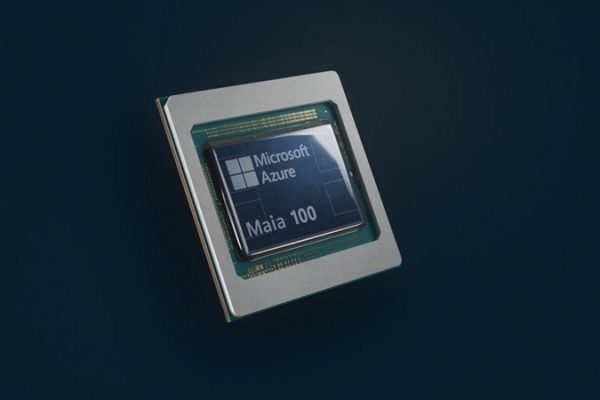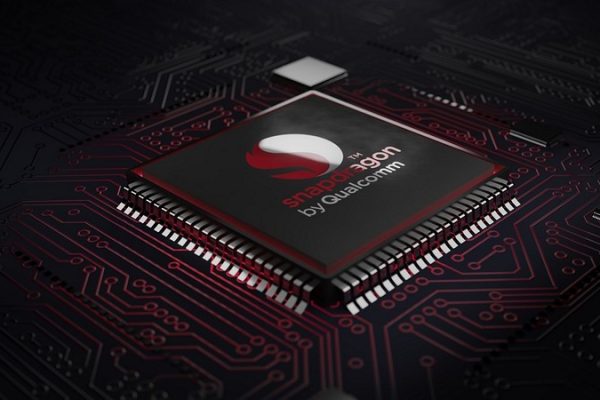

In a ground-breaking development, a city in southern Brazil has recently implemented a municipal law that was entirely drafted by OpenAI’s ChatGPT artificial intelligence (AI) chatbot in a mere 15 seconds. The surprising revelation was made by city councilman Ramiro Rosario, the sponsor of the law, who disclosed the AI origin of the text six days after it took effect on November 23. This unprecedented use of AI in legislative processes has sparked both admiration and concerns about the potential implications for legal frameworks and governance. What prompted councilman Ramiro Rosario to turn to AI for drafting a municipal law, how did the city council unanimously pass the AI-drafted law after it had been vetted by various committees, and what are the potential risks and implications associated with using AI legislative processes?
Top Stories This Week
- Brazilian City Passes Law Drafted By ChatGPT
- UK’s Pragmatic Secures £182M For Expansion Of Silicon-Free Chip Production
- Halo Device Coming in 2025 Is Designed To Induce Lucid Dreams
- The Stakes Are High As Apple Hopes To Replace Qualcomm’s 5G iPhone Modem
- UK Company Develops Shipping Labels With Built-In Tracking Device
- China Redefines CPU Water Cooling With A Huge 130,000 Ton Data Center Under The Sea
- New Bluetooth Security Flaws Put Billions Of Devices At Risk
- Power Mad: AI’s Massive Energy Demand Risks Causing Major Environmental Headaches
- Quantum Effect Technology Breakthrough In Analogue Circuit Design
- Smart Sensor Uses Color To Monitor Deformation And Temperature
- Renesas Champions The RISC-V Cause With Its Own 32-bit RISC-V CPU
Hardware Business News
UK’s Pragmatic Secures £182M For Expansion Of Silicon-Free Chip Production
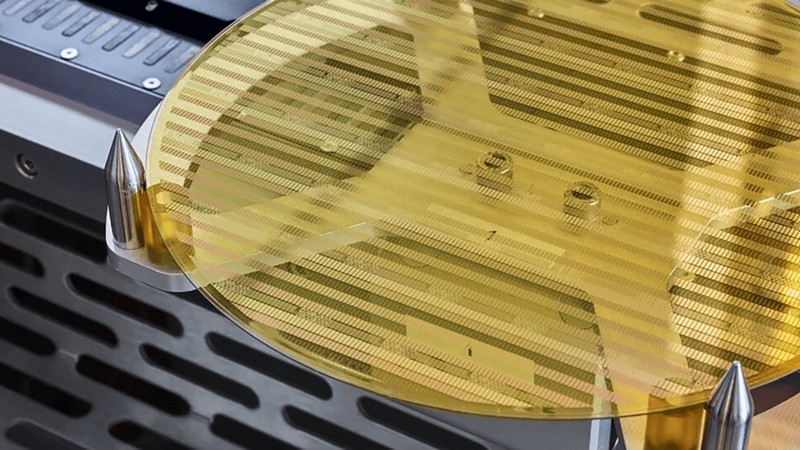
Cambridge-based semiconductor company Pragmatic has successfully closed the first round of its Series D funding at an impressive £162 million, marking the largest-ever European semiconductor venture funding round. With plans for a second close already in motion, the company aims to raise a total of £182 million, with £20 million earmarked for key investors. What makes Pragmatic’s silicon-free chip technology unique, how does Pragmatic plan to utilize the £182 million funding to accelerate its expansion in the UK, particularly in the construction of manufacturing lines, and in what ways does Pragmatic’s technology pave the way for new applications in electronics?
Halo Device Coming in 2025 Is Designed To Induce Lucid Dreams

In a fascinating intersection of technology and dreams, a new start-up named Prophetic is leveraging the concept of lucid dreaming to unlock potential productivity during sleep. Founded earlier this year, Prophetic has developed an innovative headpiece called the “Halo,” aiming to tap into the largely unexplored market of unconscious productivity. How does Prophetic’s Halo headpiece work to induce and stabilize lucid dreams, what potential applications does Prophetic envision for the productivity achieved through lucid dreaming, and despite generating significant interest and revenue in reservations, what scepticism or challenges do experts raise regarding the conversion of lucid dreams into practical tools?
The Stakes Are High As Apple Hopes To Replace Qualcomm’s 5G iPhone Modem
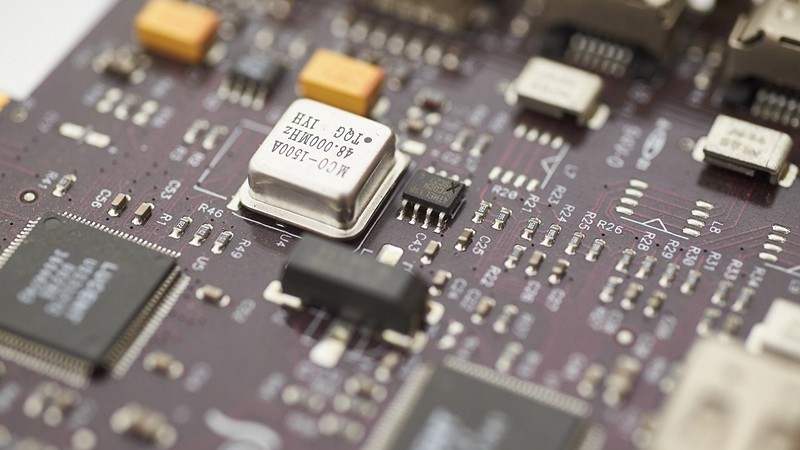
Despite the widespread adoption of 5G-compatible phones, the full potential of 5G remains untapped due to limitations in signal range. However, Apple seems to be gearing up for the future with a recent job listing for a “Cellular Platform Architect” focused on designing a 6G reference architecture. What strategic motivations drive Apple’s exploration of 6G technology, what challenges does the company face in ending its reliance on Qualcomm, and how does Apple’s pursuit of an in-house 5G modem align with the company’s broader goals, including potential cost savings and the ability to differentiate its iPhone offerings?
UK Company Develops Shipping Labels With Built-In Tracking Device

UK-based company Reelables has introduced a revolutionary shipping label embedded with a tracking device that connects to a 5G cellular network, marking a significant advancement in supply chain technology. This breakthrough enables users to print tracking labels at scale from standard thermal barcode printers, eliminating the need for manual barcode scans and minimizing the risk of human error in tracking information. How does Reelables’ 5G smart label technology leverage coated zinc batteries, what advantages does the Reelables 5G smart label offer in terms of supply chain visibility and automation, and in what ways does the Reelables solution impact the efficiency and accountability of businesses?
Hardware Engineering News
China Redefines CPU Water Cooling With A Huge 130,000 Ton Data Center Under The Sea

In a move that seems straight out of a futuristic sci-fi scenario, China has reportedly embarked on constructing the world’s first undersea data center, an installation with the computing power equivalent to “six million conventional personal computers.” The facility, situated 35 meters underwater off the coast of Sanya, Hainan province, comprises at least 100 massive nodes, each weighing a staggering 1,300 tons. How does China’s undersea data center leverage the cooling properties of seawater, what is the significance of the 100 massive nodes in the undersea data center, each designed to run for 25 years, and with the full installation of the 100 nodes scheduled for completion by 2025, what are the anticipated impacts on the surrounding marine environment?
New Bluetooth Security Flaws Put Billions Of Devices At Risk
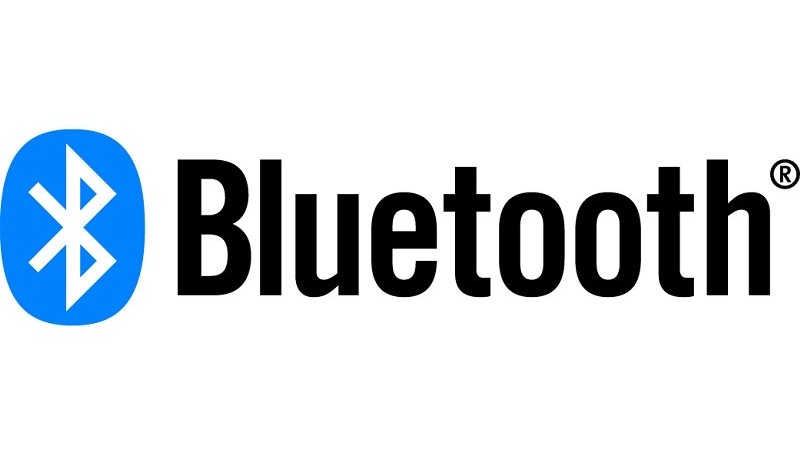
A significant security concern has emerged as researchers at EURECOM uncover two previously unknown Bluetooth flaws that could potentially jeopardize billions of smartphones, notebooks, and tablets worldwide. These flaws, collectively named BLUFFS, exploit fundamental vulnerabilities in Bluetooth 4.2 (2014) up to the latest Bluetooth 5.4 version (released in February 2023). How do the BLUFFS methods devised by EURECOM exploit Bluetooth security flaws, what immediate steps can users take to mitigate the risks, and in light of these Bluetooth security flaws, what challenges does this pose to manufacturers and developers in ensuring the security of their products?
Power Mad: AI’s Massive Energy Demand Risks Causing Major Environmental Headaches
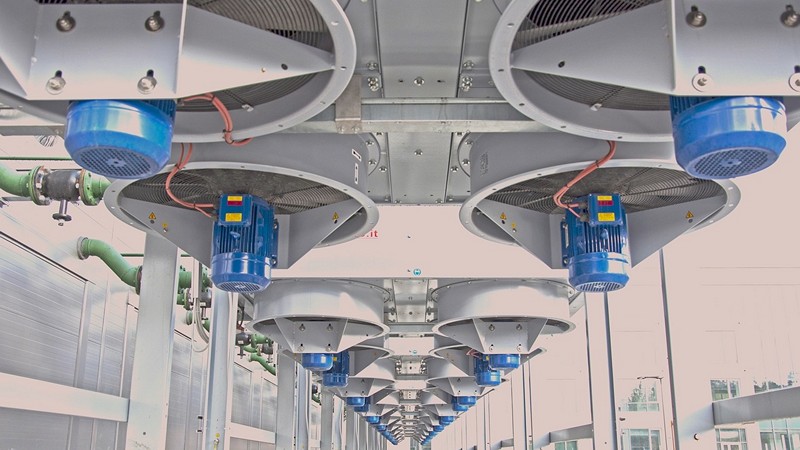
Behind all AI intricate computations and data analyses resides a crucial player—the graphic processing unit (GPU). As the demand for AI skyrockets, so does the massive power consumption of GPUs, primarily housed within data centers. As projections indicate an imminent surge in U.S. data centers’ power needs, from 17 gigawatts in 2022 to an anticipated 35 gigawatts by 2030, Dominic Ward, CEO of Verne Global, forewarns of an impending strain on power and data center capacity infrastructure. In the evolving landscape of AI and data centers, how can the industry seamlessly integrate the growing demand for AI applications while minimizing the environmental impact, what transformative role can AI equipment design play in enhancing efficiency within data centers, and what ethical and environmental benchmarks should guide such decisions?
Hardware R&D News
Quantum Effect Technology Breakthrough In Analogue Circuit Design
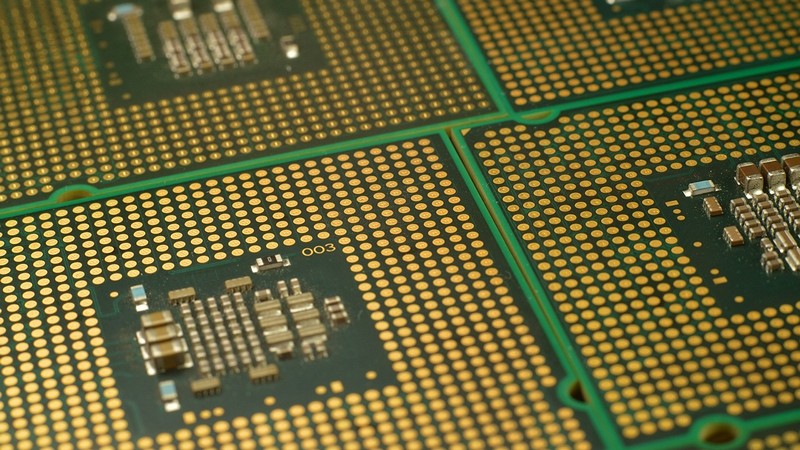
SiliconIntervention, in collaboration with the University of British Columbia under the Canadian government-sponsored MITACS program, has successfully demonstrated the elimination of thermal noise in analogue circuits using quantum tunnelling. The proof-of-concept chip showcases the potential of un-switched capacitor-based signal processing with minimal thermal noise, aiming to achieve the lowest possible current consumption. How does SiliconIntervention’s proof-of-concept chip leverage quantum tunnelling to eliminate thermal noise in analogue circuits, in what ways does SiliconIntervention’s platform, The New Analog, utilize fundamental principles, and what applications and industries stand to benefit the most from SiliconIntervention’s breakthrough in analogue circuitry?
Smart Sensor Uses Color To Monitor Deformation And Temperature

Switzerland’s EPFL research institute is pioneering a ground-breaking technology named ChromoSense, an innovative sensor designed for soft robotic devices. Unlike traditional setups requiring multiple integrated sensors for mechanical deformation and temperature changes, ChromoSense merges both functions into a single, robust, color-changing device. How does ChromoSense’s innovative design enable simultaneous sensing of mechanical deformation and temperature changes in soft robotic devices, in what ways could ChromoSense revolutionize soft robotics, and what challenges and opportunities are anticipated in integrating this technology into practical soft robotic applications?
Open-Source Hardware News
Renesas Champions The RISC-V Cause With Its Own 32-bit RISC-V CPU
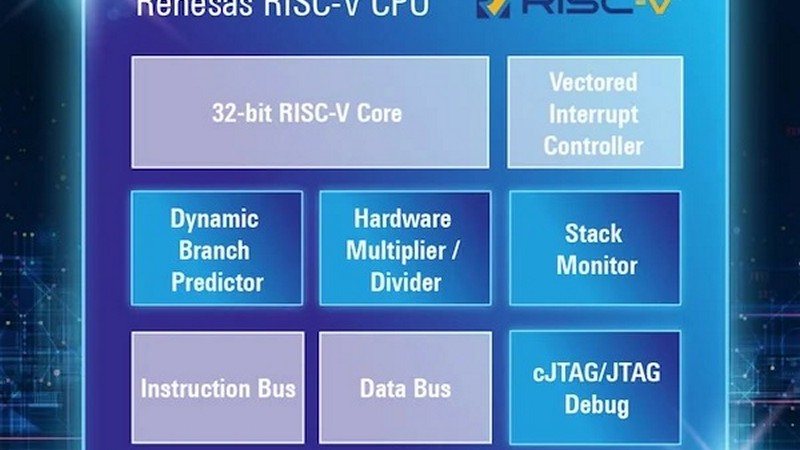
In a significant move within the semiconductor industry, Renesas, has recently introduced a new CPU family featuring a 32-bit RISC-V core developed in-house. This strategic addition to Renesas’ extensive 32-bit portfolio, which already includes CPUs based on Arm Cortex-M architecture and the proprietary RX family, marks a pivotal step towards embracing the RISC-V open-source instruction set architecture. How does Renesas’ decision to independently design its 32-bit RISC-V core position the company in terms of customization and control over product release timelines, how does Renesas’ embrace of the RISC-V architecture reflect the growing acceptance and influence of RISC-V, and in what specific ways does Renesas leverage the flexibility provided by the RISC-V architecture in its new processor family?
